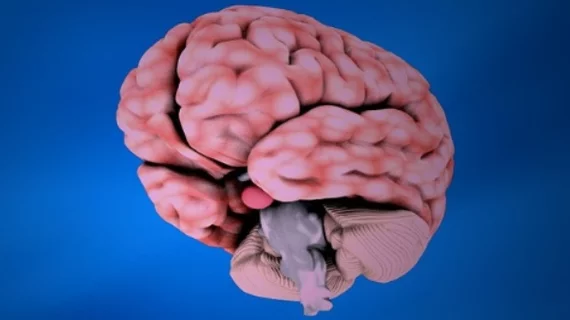Researchers studying MRI images of the functional connections in the brain have found that an individual's so-called “functional fingerprint” may be used as a unique identifier to distinguish individuals—and even twins–over the course of their lifetime, according to an article published Aug. 16 by Quanta Magazine.
A neuroimaging lab at Oregon Health and Science University in Portland, Oregon, headed by associate professor of neuroscience and psychiatry Damien Fair, PhD, are researching the brain’s functional connectome, responsible for coordinating to carry out tasks and influences behavior.
“I could take a fingerprint from my five-year-old, and I’d still be able to know that fingerprint is hers when she’s 25,” Fair told Quanta Magazine.
Fair and his team believe that identifying, tracking and modeling the function connective could reveal how brain signatures lead to varying behaviors and pose higher risk of developing neuropsychiatric conditions such as autism spectrum disorder or cerebral palsy, according to the article.
See Quanta Magazine’s entire article below.

